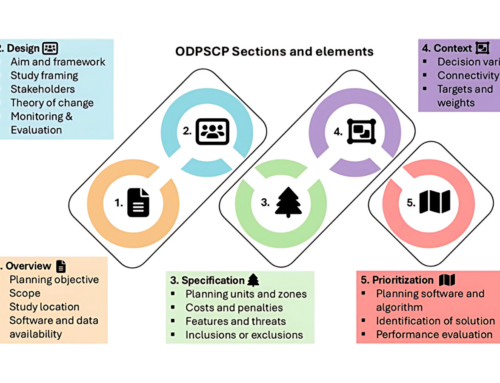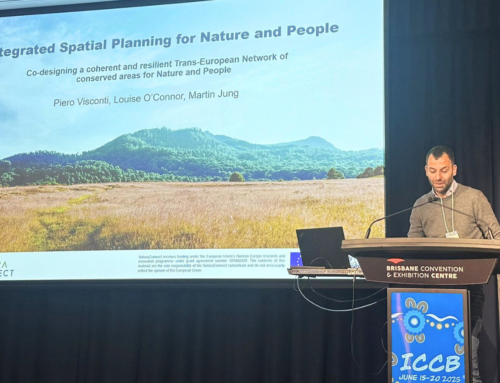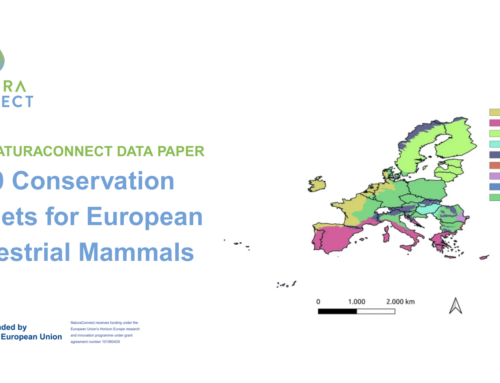Navigating challenges and fostering collaboration: NaturaConnect’s contribution to safeguard the unique Greater Doñana
The Doñana area is one of the project’s case studies, located between the Andalusian provinces of Huelva, Sevilla and Cadiz in Spain. The area comprises a Biological Reserve, a National Park, a Natural Park, Natura 2000 sites, a Biosphere reserve and is known today as the Greater Doñana, as the area also encompasses the water aquifer vital for the conservation of Doñana wetlands. Doñana is highly heterogeneous, composed of marshlands, lagoons, forest and scrubland areas and moving sand dunes along the Atlantic coast. It is one of Europe’s most beautiful wetlands and an important bird habitat. This place is also home to some of the most endangered species in Europe, like the Spanish imperial eagle and the Iberian lynx.
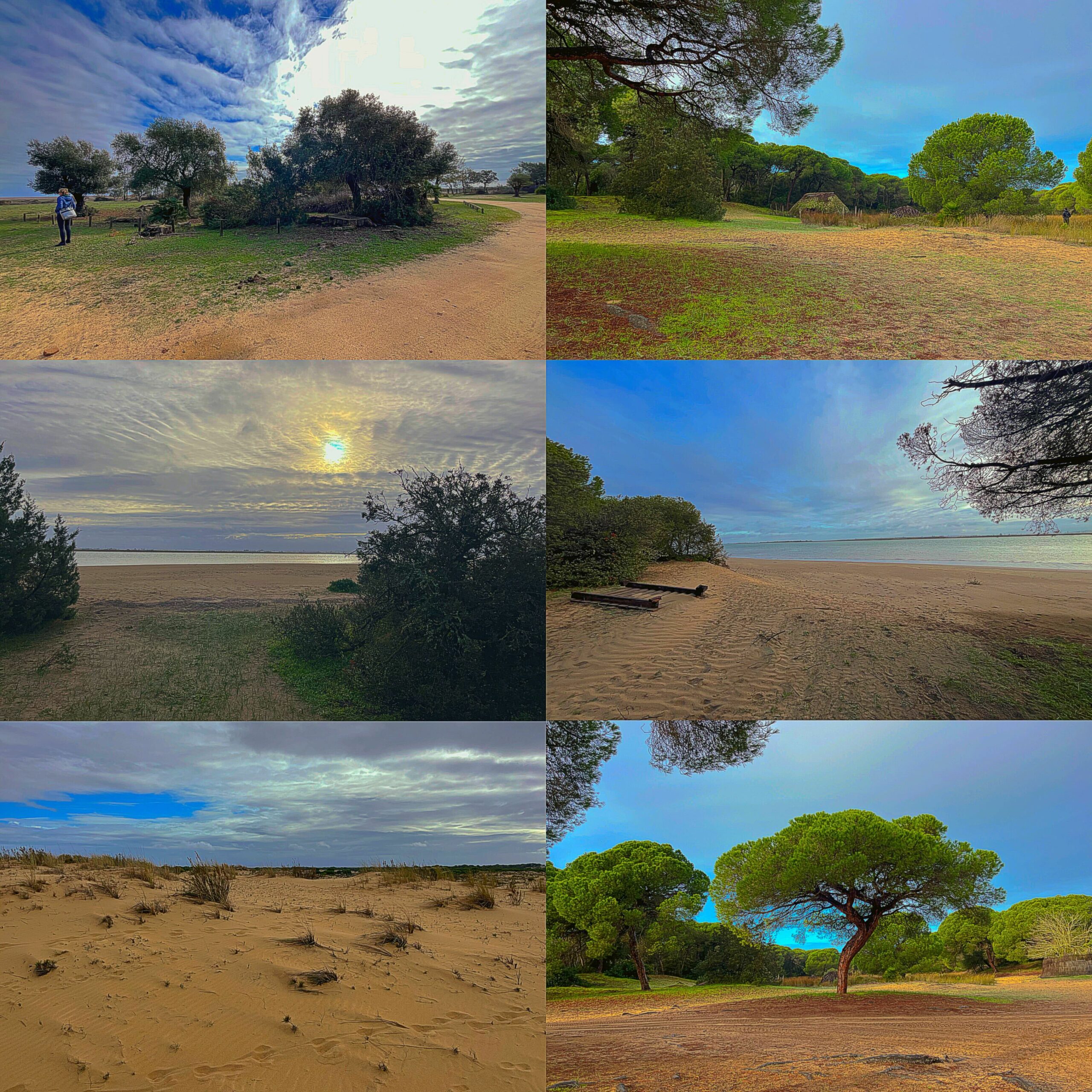
What are the main challenges in the Greater Doñana?
Due to the Doñana region’s geographical location, human pressure is one of the main issues in the area. This includes changes in land use, such as urbanisation and intense agricultural practices. Unfortunately, the list of threats to the ecosystem is long, and the problems are challenging, calling for complex, adaptive and inclusive approaches. Yet, a failing governance and the complex and fragmented administration and plans hinder the effective implementation of strategies and action plans already developed. To successfully preserve this valuable ecosystem, the involvement and coordination of all administrations and affected sectors are central.
In their work as part of the NaturaConnect project, the Doñana Biological Station (EBD-CSIC) Team is building upon long-term relationships with the local, regional, national and international actors. A recent stakeholder workshop with local, regional and national actors under the umbrella of NaturaConnect was organised on 1st of December 2023 by the EBD-CSIC team, together with the project partners BirdLife, IEEP and Rewilding Europe. The workshop brought together local actors, including the Ministry for Ecological Transition and Demographic Challenge (MITECO), Guadalquivir’s Hydrographic Confederation, the General Directorate of the Network of Natural Protected Areas of Andalusia, Park Managers of the Doñana Natural Area, WWF, SEO BirdLife, and a farmer’s association. Together, participants identified the challenges that define and hinder the implementation of the ecological connectivity network in the Doñana area. Importantly, they also explored existing opportunities and enablers, while acknowledging the various interests in the region.
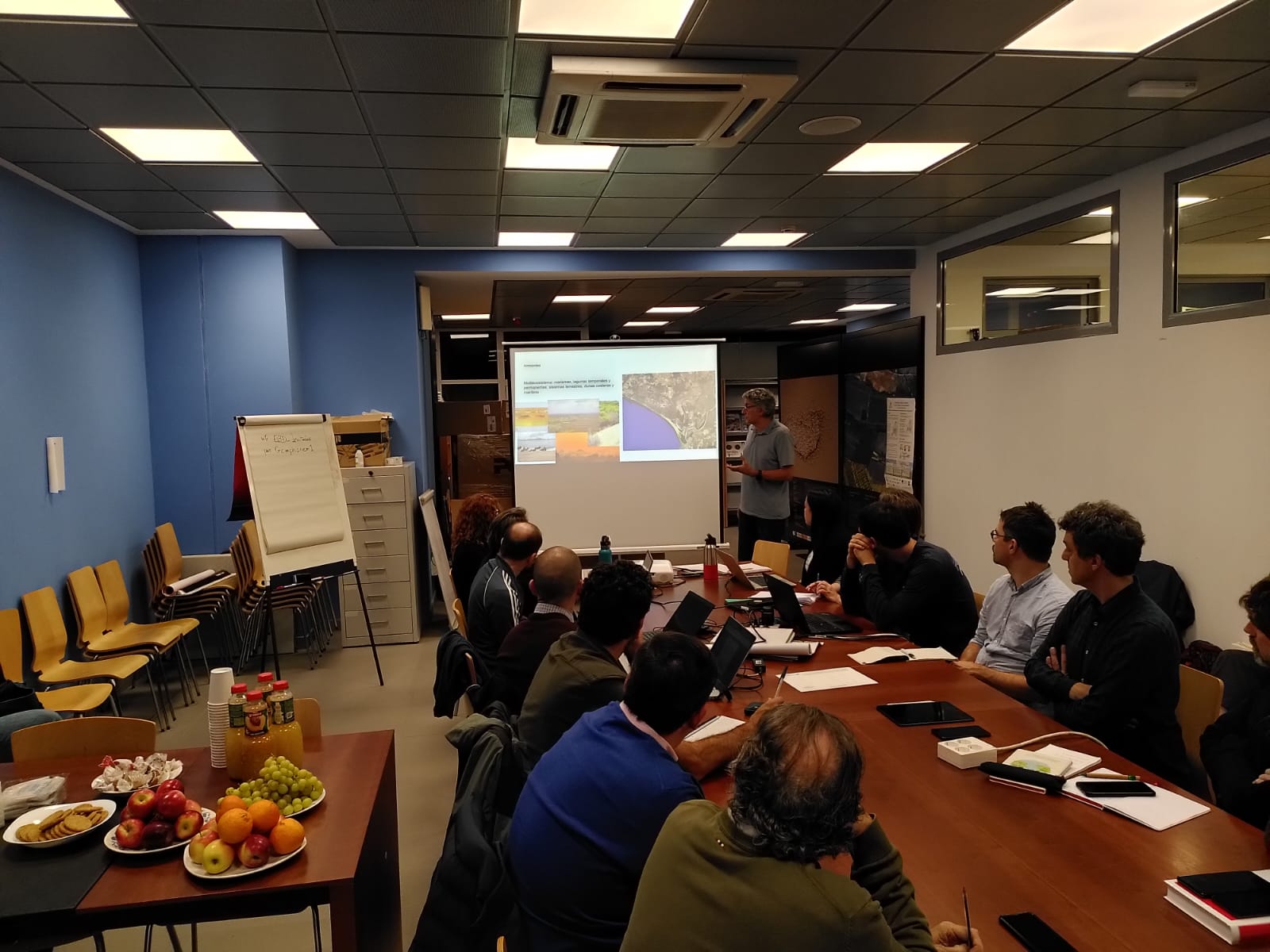
What would be suitable solutions for the specific situation in Doñana? The participants in the workshop discussed specific strategies such as farmer trainings, payment for ecosystem services, adherence to water regulations, water quality improvement through national strategies, eco-friendly alternatives in agriculture to address environmental concerns and foster sustainable practices, addressing issues with treated water, and changing the orientation of tourism activities. Challenges like coordination issues, insufficient funding, and difficulties in budget utilization were also highlighted during the meeting.
Eloy Revilla, Director of the Doñana Biological Station (CSIC) highlights:
“The workshop provided a great overview of the complexity of implementing strategic conservation policies in real cases when there are multiple drivers acting simultaneously. This will be the main challenge in the translation of the results from NaturaConnect into real case management and conservation actions. One of the main take-home messages is the difficulty or even impossibility of applying land use plans designed to improve connectivity when the local constraints imposed by social, economic, legal and political issues are not considered in their design.”
To address the ongoing fragmentation in the area and improve the much-needed ecological connectivity, it is important to review all work and plans already done for the area in order to identify the limitations, gaps, and lessons learned from previous work, as well as to mobilise, collect and analyse data from the area. Moreover, the close cooperation between various actors is more important than ever. NaturaConnect aims to support these efforts with expert knowledge and scientific evidence and to facilitate the collaboration between scientists and stakeholders to favour a decision-making process that successfully improves connectivity in the Gran Doñana. Additionally, the Doñana case study will serve as an excellent example for the rest of Europe of the challenges to be faced when implementing conservation strategies on the ground.

